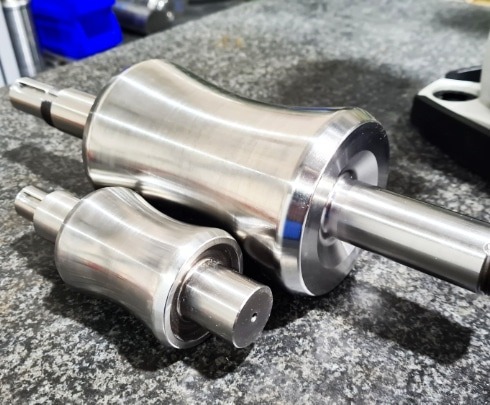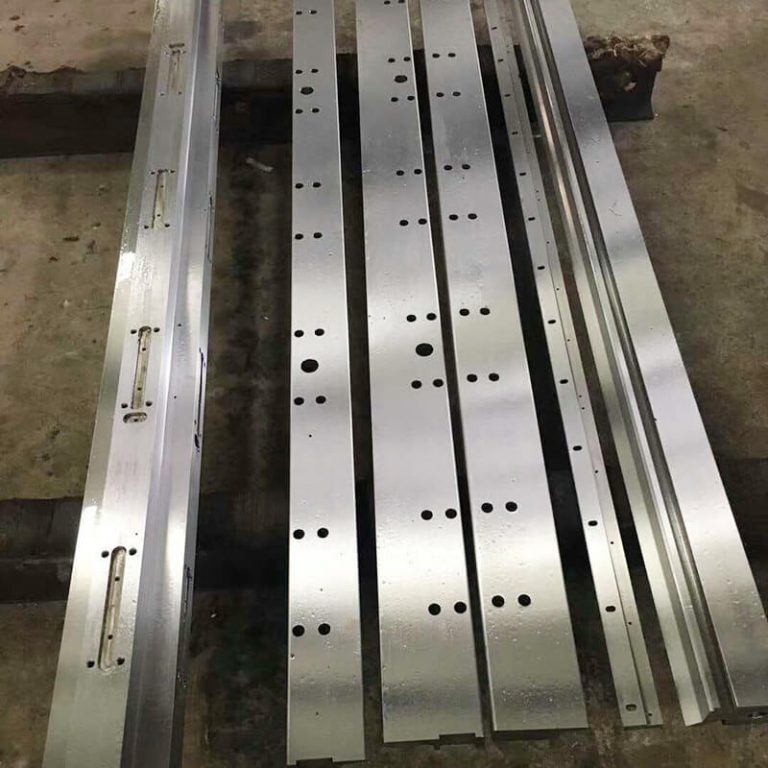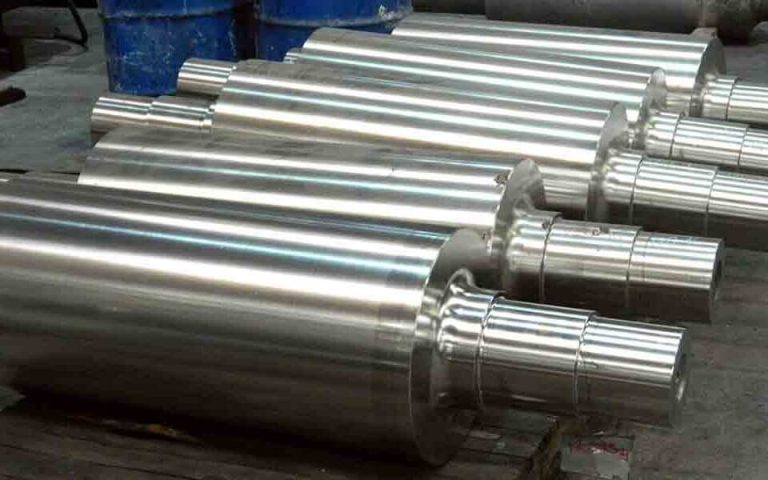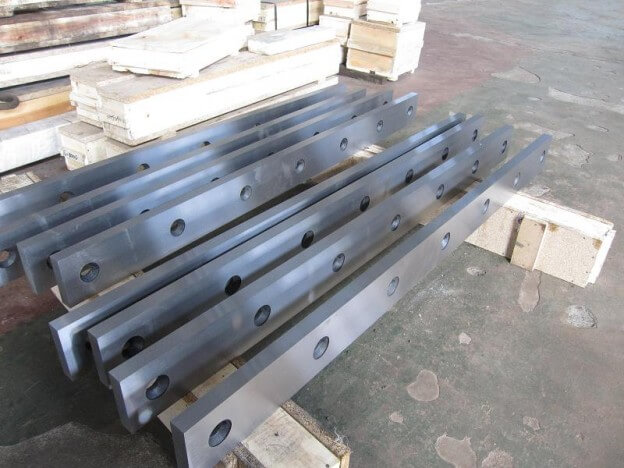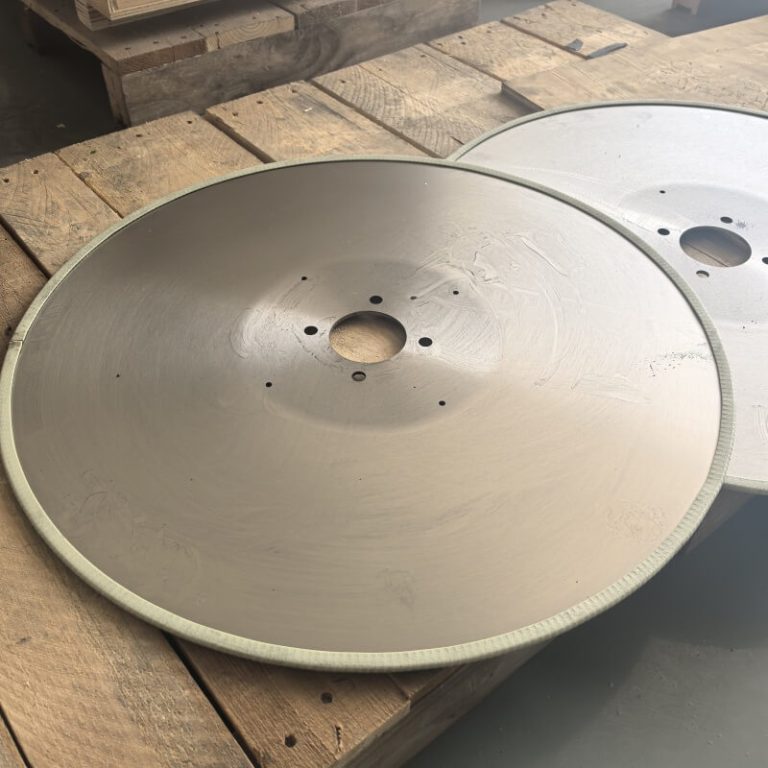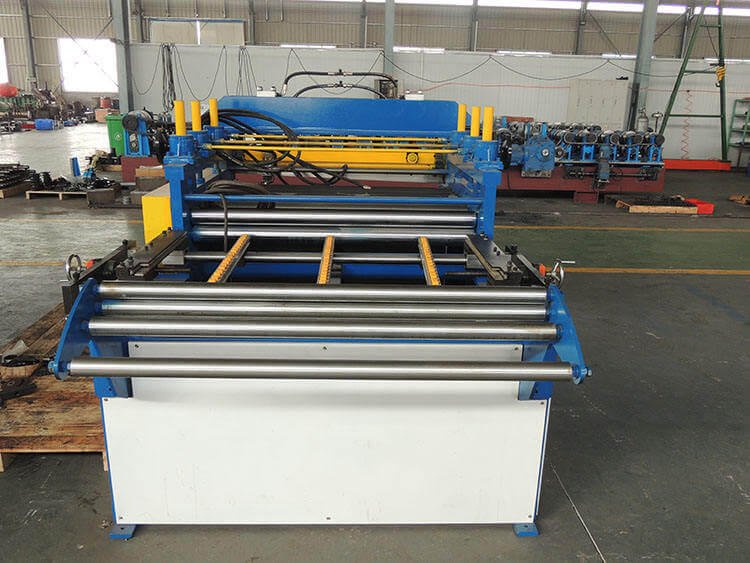What is the Price of Straightening Roller?
1. Price Range of Straightening Rollers
The price of straightening rollers varies significantly based on material, specifications, manufacturing complexity, and supplier.
• Entry-Level: Basic carbon steel straightening rollers for small-scale applications (e.g., light metal bars, thin tubes) typically cost$200–$1,000 per unit.
• Mid-Range: Alloy steel rollers (e.g., Cr12MoV, H13) for medium-duty industrial use (e.g., thick plates, medium-sized tubes) range from$1,000–$5,000.
• High-End: Specialized rollers (e.g., ultra-precision, corrosion-resistant, or custom-designed for heavy-duty machinery) may exceed$10,000 per unit.
• Custom Orders: For bespoke solutions (e.g., non-standard diameters, extreme hardness requirements), prices can escalate further, depending on R&D and production costs.
2. Introduction to Straightening Rollers
Straightening rollersare critical components in metalworking machinery, designed to correct shape defects (e.g., curvature, warping) in rolled materials such as bars, tubes, plates, and wires.
Key Functions:
• Shape Correction: By applying repeated, controlled bending via multiple rollers, they eliminate residual stresses and deformations.
• Surface Quality Improvement: Reduces surface irregularities, enhancing dimensional accuracy and mechanical properties.
• Material Hardening: Controlled plastic deformation during straightening can refine grain structure, improving strength and durability.
Types of Straightening Rollers:
1. Two-Roll Straighteners:
• Structure: Two rollers with concave/convex profiles.
• Applications: Small-diameter wires, thin tubes.
• Advantages: Compact, high-speed operation.
2. Multi-Roll Straighteners (5–29 Rolls):
• Structure: Alternating upper and lower rollers forming a “S” or wave-shaped path.
• Applications: Heavy plates, thick tubes, structural beams.
• Advantages: High precision, low residual stress.
3. Rotary-Bend Straighteners:
• Structure: Rotating rollers with adjustable angles.
• Applications: Complex profiles (e.g., hexagonal bars, U-channels).
• Advantages: Versatile, suitable for irregular shapes.
Technical Parameters:
• Material: High-carbon steel (e.g., 60CrMoV), alloy tool steel (e.g., H13), or stainless steel for corrosion resistance.
• Hardness: TypicallyHRC 58–62for long-term wear resistance.
• Surface Treatment: Chrome plating, nitriding, or Tungsten Carbide (WC) coating for extended lifespan.
• Tolerance Control: Precision ground to±0.01 mmfor critical applications.
Industrial Applications:
• Steel & Non-Ferrous Metals: Straightening hot/cold-rolled bars, tubes, and plates.
• Automotive: Correcting shafts, axles, and structural components.
• Aerospace: High-precision straightening of landing gear components, engine parts.
• Construction: Straightening steel rebars, pipes for infrastructure projects.
Market Trends:
• Automation Integration: Smart rollers with IoT sensors for real-time condition monitoring.
• Sustainability: Recyclable materials and energy-efficient production processes.
• Customization: 3D-printed prototypes and AI-driven design optimization for niche applications.
Conclusion
Straightening rollers are indispensable in metalworking, ensuring product quality and efficiency. Prices vary widely, but investing in high-quality rollers reduces downtime and maintenance costs. For buyers, selecting the right type (two-roll vs. multi-roll), material (carbon steel vs. alloy), and supplier (OEM vs. aftermarket) is crucial for balancing cost and performance. If you are interested in custom straightening rollers from China, please contact us to get more details about the pricing and production lead time.

